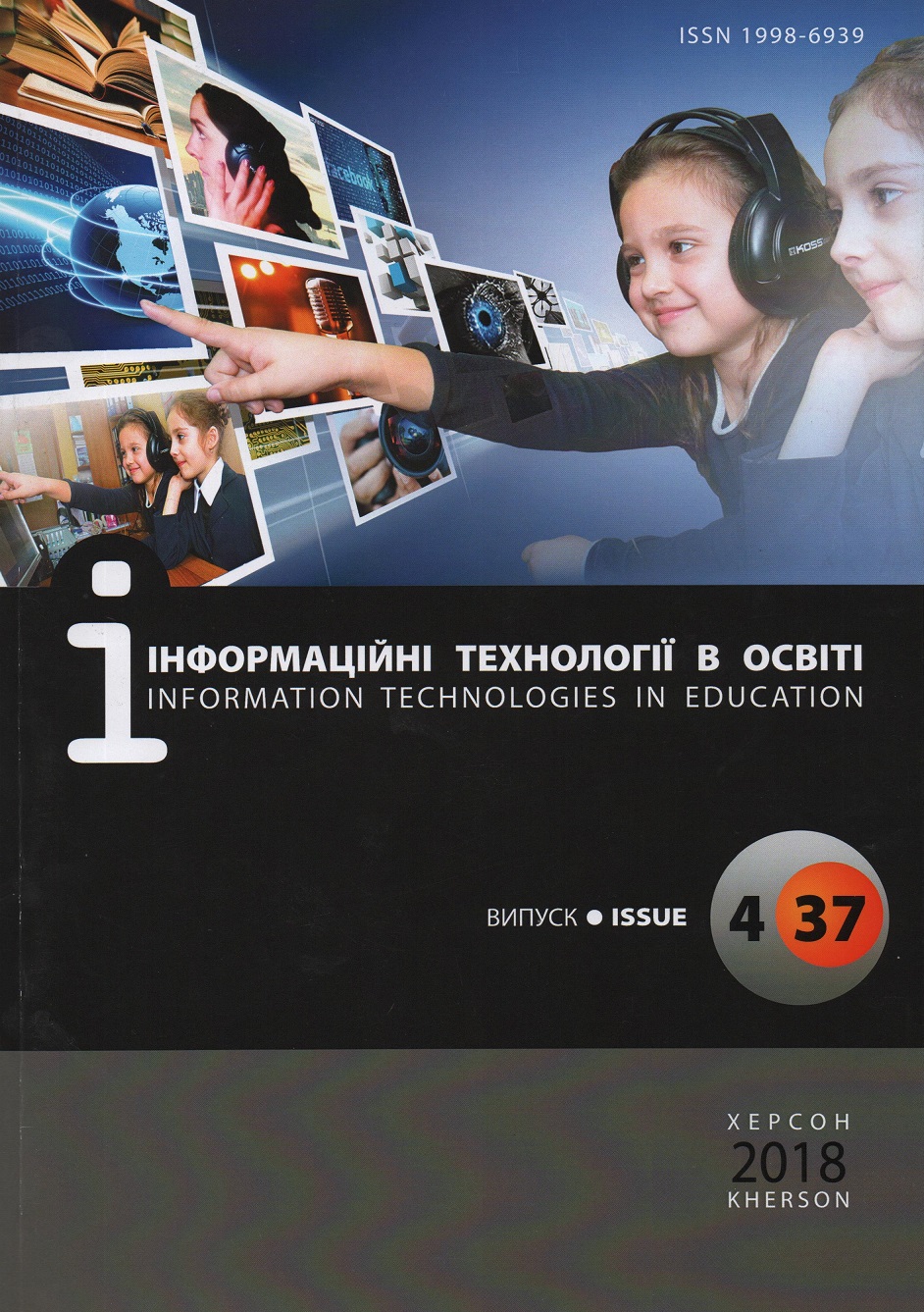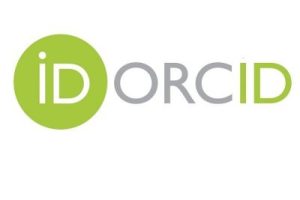РЕЙТИНГОВА СИСТЕМА ДЛЯ НАУКОМЕТРИЧНИХ ПОКАЗНИКІВ УНІВЕРСИТЕТІВ: ОСНОВНІ АСПЕКТИ, РОЗРОБКА, РЕАЛІЗАЦІЯ
DOI:
https://doi.org/10.14308/ite000678Ключові слова:
наукова діяльність, інформаційні системи, наукометричні системи, бібліометричні системи, науково-вимірювальні показники, автоматичні рейтингиАнотація
Сьогодні інформаційні технології є одним з основних способів формування і створення ефективних інструментів для організування взаємодії та опрацювання великої кількості інформації. У наш час академічні установи повинні спиратися на спеціальні дослідження, аналіз накопичених досягнень і на цій основі розробляти прогнози, визначати тенденції та перспективи розвитку наукової чи іншої галузі й оцінити її потенціал. Сьогодні багато інформаційних систем намагаються створити методи і технології опрацювання та збереження інформації про діяльність учених.
У статті наведено короткий огляд рейтингових систем для обліково-метричних показників закладів вищої освіти. На нашу думку, інформація про наукову діяльність університету повинна бути представлена у формі рейтингу, що дає можливість аналізувати розвиток у різних напрямах та змінах. Ключовою ідеєю статті є представлення нашого досвіду у створенні системи автоматичної побудови рейтингів наукових організацій на основі їх наукометричних показників у Scopus, Google Scholar та Web of Science.
Філософія системи полягає у забезпеченні відкритих даних різних науково-вимірювальних систем, можливості розгортати її в інших організаціях та налаштовувати на індивідуальні цілі й завдання.
Описано нові сервіси, що використовуються в системі. Розширено частину «Структура системи». У ній подано опис усіх вкладок сайту системи, приклад списку авторських публікацій, представлено використання семантичної мережі для відображення відносин між авторами. Також ми подаємо математичну модель, що використовується в нашій системі для аналітичного аналізу, і спеціальні діаграми, розроблені в системі для відображення особистого внеску вченого в наукову діяльність університету.
Завантаження
Показники метрики:
Посилання
1. Spivakovsky, A., Vinnik, M., Poltoratskiy, M., Tarasich, Y., Panova, K., Melnychenko, A. (2018). Development of Rating Systems for Scientometric Indices of Universities. ICT in Education, Research and Industrial Applications: Integration, Harmonization and Knowledge Transfer. Proc. of the 14th Int. Conf. ICTERI 2018, vol. 2104, 420 - 430.
2. Elsevier. (2018). The largest database of peer-reviewed literature. Retrieved from https://www.elsevier.com/solutions/scopus.
3. National library of Ukraine (2014). Scientometric databases. Retrieved from http://www.nbuv.gov.ua/node/1367.
4. Regional Center of New Information Technologies (2015). Science Citation Index for scientists. Retrieved from http://index.petrsu.ru/.
5. Spivakovsky, A., Vinnyk, M., & Tarasich, Y. (2015). Web Indicators of ICT Use in the Work of Ukrainian Dissertation Committees and Graduate Schools as Element of Open Science. Information and Communication Technologies in Education, Research, and Industrial Applications. ICTERI 2015. Communications in Computer and Information Science, vol 594, 3 - 19.
6. Spivakovsky, A., Vinnyk, M., Tarasich, Y., Poltoratskiy M. (2016). Design and development of information system of scientific activity indicators. ICT in Education, Research and Industrial Applications: Integration, Harmonization and Knowledge Transfer. Proc. 12th Int. Conf. ICTERI 2016, vol. 1614, 103 - 110.
7. Lowenstein, V. (1965). Binary codes with correction for deletions, insertions and substitutions of character. Reports, USSR Academy of Sciences 163.4.
8. Kherson State University (2017). International Projects. Retrieved from http://www.kspu.edu/.
9. Dell-EMC (2011). World's Data More Than Doubling Every Two Years. Retrieved from https://www.emc.com/about/news/press/2011/20110628- 01.htm.
10. Hartley, R. & Barnden, J. (2013). Semantic Networks: Visualizations of Knowledge. Computer Science: New Mexico State University. Retrieved from https://www.cs.nmsu.edu/~rth/ publications/TICS.pdf.
11. Romanov, A. & Terekhov, A. (1997).The mathematical model of productivity and age-structured scientific community evolution. Scientometrics, 39,3.
12. Index Copernicus (2012). ICI Journals Master List. Retrieved from http://jml2012. indexcopernicus.com/page.php?page=2.
13. ECMA International (2017). Introducing JSON. Retrieved from http://www.json.org/.
14. Spivakovsky, A., Berezovsky, D. & Tityenok, S. (2012). Functionality of the KSU FEEDBACK 3.0. Informational Technologies in Education, 11, 9 - 18.
15. What is ORCID? (2013). Retrieved from https://orcid.org/about/what-isorcid/mission.
16. Redner, S. (1998). How popular is your paper? An empirical study of the citation distribution. The European Physical Journal B-Condensed Matter and Complex Systems, Vol. 4, №. 2, 131 - 134.
</uk>
<en>
1. Spivakovsky, A., Vinnik, M., Poltoratskiy, M., Tarasich, Y., Panova, K., Melnychenko, A. (2018). Development of Rating Systems for Scientometric Indices of Universities. ICT in Education, Research and Industrial Applications: Integration, Harmonization and Knowledge Transfer. Proc. of the 14th Int. Conf. ICTERI 2018, vol. 2104, 420 - 430.
2. Elsevier. (2018). The largest database of peer-reviewed literature. Retrieved from https://www.elsevier.com/solutions/scopus.
3. National library of Ukraine (2014). Scientometric databases. Retrieved from http://www.nbuv.gov.ua/node/1367.
4. Regional Center of New Information Technologies (2015). Science Citation Index for scientists. Retrieved from http://index.petrsu.ru/.
5. Spivakovsky, A., Vinnyk, M., & Tarasich, Y. (2015). Web Indicators of ICT Use in the Work of Ukrainian Dissertation Committees and Graduate Schools as Element of Open Science. Information and Communication Technologies in Education, Research, and Industrial Applications. ICTERI 2015. Communications in Computer and Information Science, vol 594, 3 - 19.
6. Spivakovsky, A., Vinnyk, M., Tarasich, Y., Poltoratskiy M. (2016). Design and development of information system of scientific activity indicators. ICT in Education, Research and Industrial Applications: Integration, Harmonization and Knowledge Transfer. Proc. 12th Int. Conf. ICTERI 2016, vol. 1614, 103 - 110.
7. Lowenstein, V. (1965). Binary codes with correction for deletions, insertions and substitutions of character. Reports, USSR Academy of Sciences 163.4.
8. Kherson State University (2017). International Projects. Retrieved from http://www.kspu.edu/.
9. Dell-EMC (2011). World's Data More Than Doubling Every Two Years. Retrieved from https://www.emc.com/about/news/press/2011/20110628- 01.htm.
10. Hartley, R. & Barnden, J. (2013). Semantic Networks: Visualizations of Knowledge. Computer Science: New Mexico State University. Retrieved from https://www.cs.nmsu.edu/~rth/ publications/TICS.pdf.
11. Romanov, A. & Terekhov, A. (1997).The mathematical model of productivity and age-structured scientific community evolution. Scientometrics, 39,3.
12. Index Copernicus (2012). ICI Journals Master List. Retrieved from http://jml2012. indexcopernicus.com/page.php?page=2.
13. ECMA International (2017). Introducing JSON. Retrieved from http://www.json.org/.
14. Spivakovsky, A., Berezovsky, D. & Tityenok, S. (2012). Functionality of the KSU FEEDBACK 3.0. Informational Technologies in Education, 11, 9 - 18.
15. What is ORCID? (2013). Retrieved from https://orcid.org/about/what-isorcid/mission.
16. Redner, S. (1998). How popular is your paper? An empirical study of the citation distribution. The European Physical Journal B-Condensed Matter and Complex Systems, Vol. 4, №. 2, 131 - 134.
</en>
##submission.downloads##
Опубліковано
Як цитувати
Номер
Розділ
Ліцензія
This work is licensed under a Creative Commons Attribution-NonCommercial-ShareAlike 4.0 International License.






























